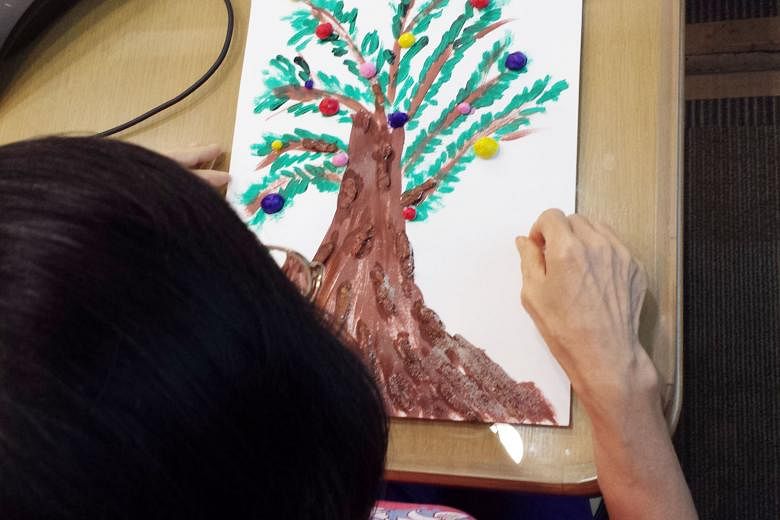Paintbrushes and intravenous tubes may not seem to have much in common, but the arts are increasingly regarded as a form of healing that can be as relevant to a patient's well-being as medication.
From drawing to painting, poetry to writing journals, and dance to music and song, the arts empower patients to fulfil the basic human drive to create and give them a sense of possibility. Through creative expression, patients regain a feeling of wholeness, individually and as part of the larger world.
Can arts activities reduce pain or anxiety? Do patients who are involved in the arts heal faster? More and more hospitals think so, and are investing in the arts for healing initiatives.
Arts and creativity have opened up a new dimension in patient care, transforming the healthcare experience and helping to humanise hospitals. Hospitals are turning to the arts as part of a broader push to create a healing environment as studies show that the arts can help reduce stress and loneliness in patients, and increase satisfaction with care. Enabling the patient to engage with their creative side is part of the holistic approach to patient care.
It is important for doctors to remember that a patient is a person. Doctors tend to treat the disease and somehow neglect the patient. Treating the disease is the science, while managing the patient is the art. That is one reason many patients still turn to alternative medicine to relieve their ailments. The medical fraternity, therefore, needs to treat not just the body but also the mind, and to heal the spirit.
Healing is more than getting quality medical care and is the balanced approach in the management of patients. Anyone who has suffered from cancer or has watched a loved one suffer knows that the arts possess therapeutic qualities.

The arts can relieve stress and distract from emotional and physical pain, especially in an atmosphere where the patient often feels out of control. Their beauty can be a powerful antidote to the arduous days of disease, loss, and recovery. Certain activities, such as painting, can even help to restore fine motor skills after debilitating illness or treatment.
A REPRIEVE FROM PAIN
At Sengkang Health @ Alexandra Hospital, it has been observed that patients who are recuperating for a long period in the ward have little to distract them from the daily routine of the hospital. Putting up performances for them regularly gives them a reprieve from their pain and allows them to experience some joy and calm.
From these interactions and seeing how patients have responded, I'm convinced that anyone can find, in the arts, the opportunity to liberate and express themselves, free their minds of anguish and respond more positively to stress.
The arts are also vital to the surgical profession. Surgeons can nurture themselves with the sensitivity and creativity of the art world to improve their observational, diagnostic, technical and empathetic abilities. It helps them to understand patients in a different way and connect with them on a more human level.
I'm a surgeon, and I also paint watercolours and play the cello when time permits. As an artist, I spend a lot of time planning and sketching, but in the application of the watercolours, the first stroke is my last. In art, as in surgery, we have to plan carefully but apply decisively. Having a mindset that we have to plan and do without the option of erasing makes us apply a lot of mindfulness to the subject at hand, be it a painting or a patient.
This can translate into better surgical results. The symbiotic relationship between art and surgery can propel both to new levels of professional excellence, where both disciplines can maximise the characterisation of their expression.
Clearly, there is a tremendous amount of science, precision and calculated decision-making in the practice of surgery. Still, there is that "something" that just seems to make the outcomes better for some than others. Much like artists, surgeons learn skills by training with others, and then make those skills their own through individual enhancement and modification.
- The writer is a senior consultant in urology and chief executive officer of Sengkang Health.

